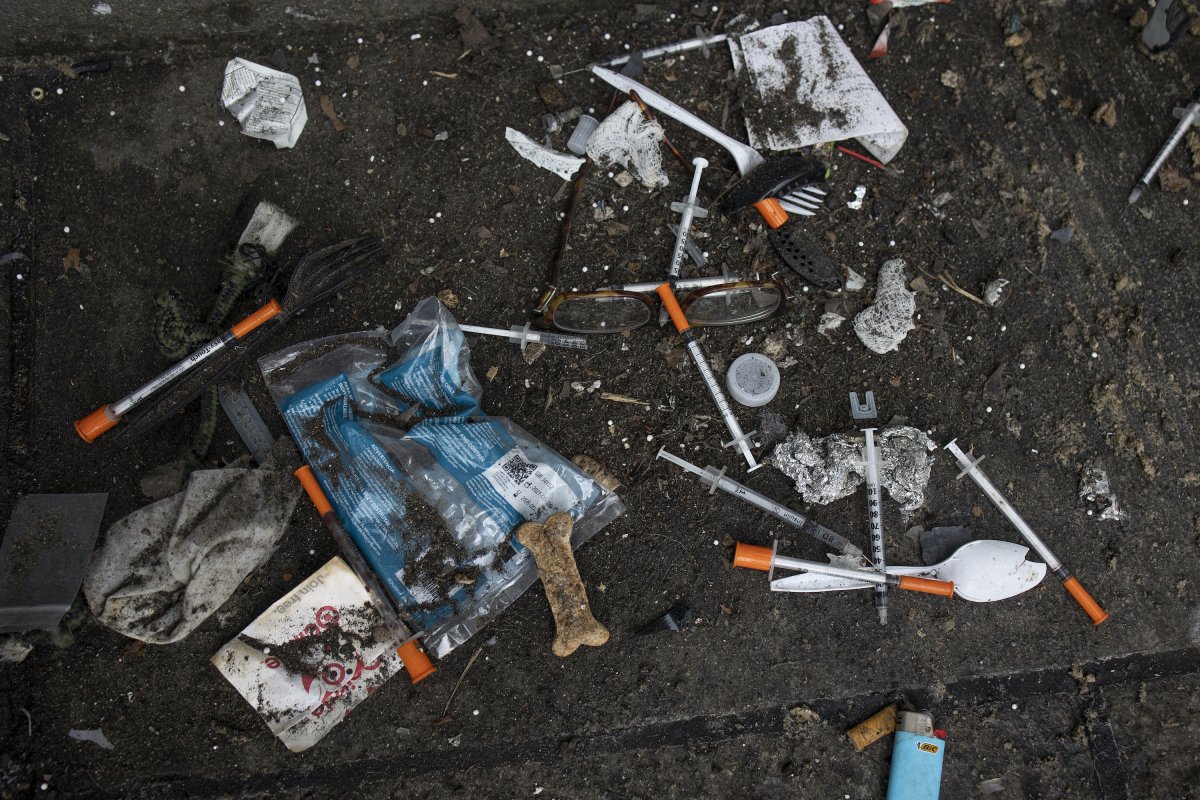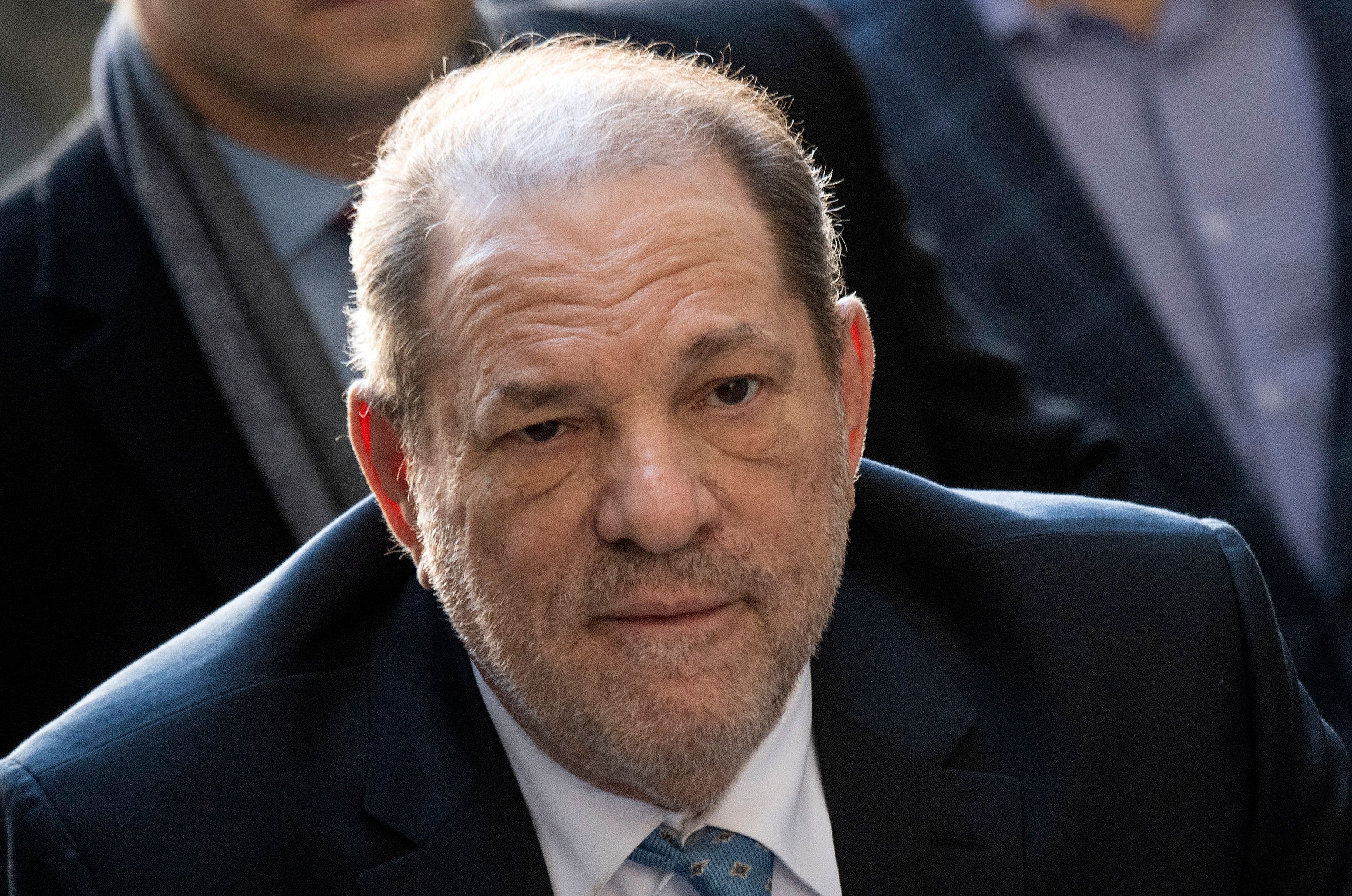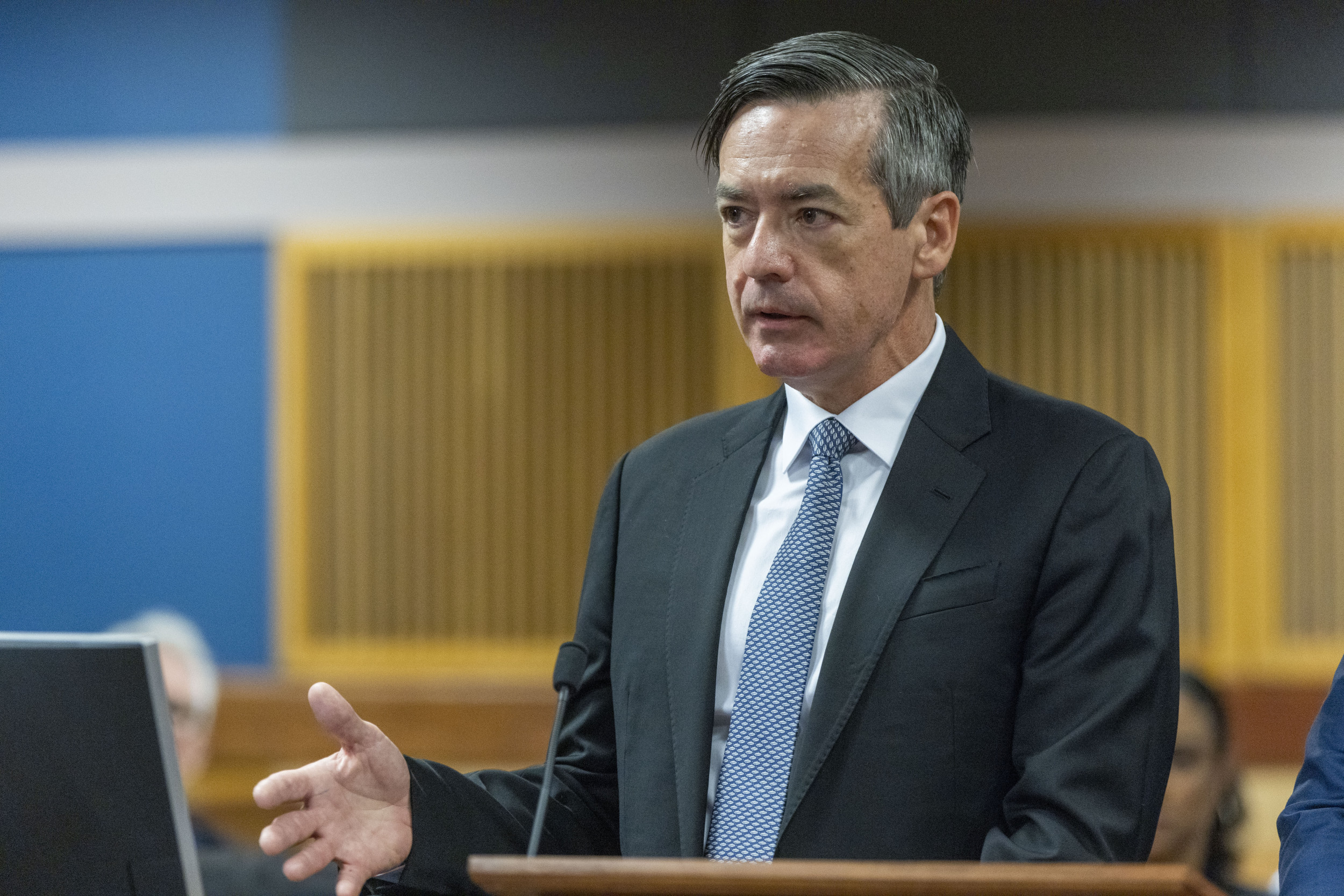"Treatment over prison for people with a substance use disorder" is a common refrain—and one that most people agree with. It was the central campaign theme in Oregon when the state decriminalized all drugs by passing Measure 110 with the support of nearly 60 percent of voters in 2020.
How has it been going after almost two years? Funded by groups that downplay the harms of substance use and aim to legalize all drugs, Measure 110 has been working exactly as intended. That is, hardly at all.
Supporters of Measure 110 argued that individuals would get help for their substance use disorder. But less than 1 percent of Oregon residents who accessed drug-related services since 110 was passed have entered treatment. Oregon Public Broadcasting reported:
Tickets for drug possession meant to steer people to treatment have failed. Most of the more than 3,169 tickets issued through August were ignored, according to state courts officials, with recipients neither paying a fine nor showing up in court. Fewer than 200 people have called a hotline the state set up to help people who receive possession tickets receive treatment.
Fewer than 200 called. Out of more than 3000.
Meanwhile, opioid deaths increased 58 percent between 2020 and 2021, outpacing the national increase of overdose deaths of 17 percent. If left unchanged, this failing experiment will continue to take the lives of Americans.
In fact, Measure 110 was crafted in a way that allowed those who needed help to avoid treatment––and ensured they would no longer be arrested for their use of illegal narcotics. Instead, they have been allowed to continue using their drugs of choice indefinitely by paying a $100 fine. Therein lies the issue with Measure 110: because users are not nudged into treatment, few enter it.
Local outlets reported that Oregon's Measure 110 Oversight and Accountability Council, the 21-member group that approves treatment program funding requests, engages in a process that is "cumbersome, unwieldy and, critics say, rife with subjectivity and decisions that aren't in patients' best interests." Some officials even denounce the idea of encouraging people to enter treatment––claiming it deprives drug users of their autonomy, which is supposedly more important than their well-being. This is antithetical to both science and compassion.
The decriminalization of all drugs is the latest step in Oregon's concerning embrace of substance use. The state legalized marijuana (with no THC limits) in 2014 and psychedelics in 2020. Now, Oregon has among the nation's highest rates of past-year and past-month youth marijuana use. The state also has the nation's highest rates of past-year methamphetamine use and pain reliever misuse, in addition to the second-highest rate of mental illness and third-highest rate of serious mental illness. Perhaps most concerningly, Oregon has a higher rate of illicit drug use disorders than any other state.

Rather than viewing the liberalization of drug laws as a solution to Oregon's addiction and mental health crises, officials should consider the likelihood that it has exacerbated them. It's time for a change.
To overcome this crisis, Oregon officials must prioritize closing the state's treatment gap. Oregon has the highest percentage of residents who need treatment for illicit drug use disorders but are not receiving it. Without access to treatment, drug users often feel that recovery is out of reach. In Oregon, it is often easier to get drugs than it is to get treatment. Closing the treatment gap will ensure more residents achieve healthy, drug-free lives.
Other states have been experimenting with ways to increase access to treatment. In California, officials recently established court-ordered pathways to treatment for individuals with mental health and substance use issues. Additionally, communities across the country have implemented drug courts. Now numbering more than 3,800, drug courts are alternatives to incarceration that couple treatment with accountability. Treatment plans assisted by medications such as buprenorphine and methadone are evidence-based approaches to treating opioid use disorders, and are now being implemented across systems. Although every pathway to recovery is different and there is no one-size-fits-all solution, all substance use disorders can be overcome.
These programs acknowledge that incarceration routinely fails to treat individuals with a substance use disorder––upon their release, offenders often return to prior patterns of use. However, unlike the policy crafted in Oregon, they include accountability and ensure that users progress through an appropriate treatment plan. They embrace recovery and abstinence, and provide the necessary support services to achieve those goals. Unfortunately, Oregon merely provides the support services to prolong and enable substance misuse, failing to connect users to life-saving treatment programs.
Oregon's Measure 110 is not a model we should replicate when addressing the addiction crisis. The program's underlying premise––that users should not be compelled to enter treatment––fails to recognize that community intervention is often a necessary step along the road to recovery. According to the National Survey on Drug Use and Health, 97.5 percent of individuals with a substance use disorder who did not receive treatment reported that they did not feel they needed it. Without any meaningful interventions, many will likely continue using drugs until they die.
The unprecedented decriminalization of lethal drugs in Oregon has failed those who are struggling with substance use disorders––many of whom have died from overdoses since the issue was pushed onto voters by special interest groups. Officials in Oregon should rethink their approach to drug policy and repeal Measure 110 in favor of policies that are proven to help individuals enter treatment and achieve recovery.
A county health official whose proposal for a recovery center was rejected by the Measure 110 funding council recently stated, "I'm worried that people won't be able to find the services they need. Creating access was the whole point of Measure 110."
Or so some thought.
Dr. Kevin Sabet is a former senior drug policy advisor to the Obama administration and currently serves as president of Smart Approaches to Marijuana. His latest book, Smokescreen: What the Marijuana Industry Doesn't Want You to Know, was published on April 20 by Simon & Schuster and is available everywhere books are sold.
The views expressed in this article are the writer's own.
Uncommon Knowledge
Newsweek is committed to challenging conventional wisdom and finding connections in the search for common ground.
Newsweek is committed to challenging conventional wisdom and finding connections in the search for common ground.
About the writer
To read how Newsweek uses AI as a newsroom tool, Click here.








